Training for Hyrox isn’t just about putting in the miles or hitting heavier sleds. It's about preparing your body to perform under pressure — and that means going beyond the workouts to build long-term resilience.
Prehab (prehabilitation) is about injury prevention through specific preparation. It's how you create a more durable, efficient, and injury-resistant body — one that can handle the intensity of Hyrox without breaking down halfway through training or race day.
In this post, we’re highlighting three key areas that often get overlooked but are essential for both performance and injury prevention:
The calves and Achilles
The glutes, hamstrings, and entire posterior chain
The shoulders and overhead mobility
The Calves & Achilles: More Than Just Running Muscles
With all the running, lunging, and jumping in Hyrox, the calf complex and Achilles tendon take a massive load. This area is especially vulnerable during high-impact, repetitive efforts — particularly when fatigue sets in.
Tightness here can limit running efficiency and increase the risk of overuse injuries like Achilles irritation or plantar issues. Weakness, on the other hand, reduces your ability to absorb and generate force during sprints, jumps, and transitions.
What to focus on:
Improving mobility and range in the ankle and calf area
Building strength and resilience in the Achilles tendon
Developing control through loaded and explosive patterns
The Posterior Chain: Your Hidden Power Source
Hyrox is extremely demanding on the quads, but that often comes at the expense of your posterior chain such as glutes, hamstrings, and spinal stabilizers. If this area isn’t firing properly, you're leaving strength and speed on the table and putting yourself at risk for injury.
A strong posterior chain supports better posture, balance, and efficiency across nearly every movement in the race, from pushing sleds to running to rowing.
What to focus on:
Activating dormant or underused glute and hamstring muscles
Developing strength through the hips and back of the legs
Reinforcing balance between the front and back of your body
Shoulders & Overhead Mobility: Stay Strong, Stay Mobile
From wall balls to the SkiErg, Hyrox challenges your overhead strength and stability in a way that many people aren’t ready for, especially if they come from training styles that don’t prioritize mobility.
Shoulder tightness, poor thoracic mobility, and weak stabilizers can quickly lead to breakdowns in form, wasted energy, or worse, injury. Getting overhead safely and efficiently is non-negotiable in a race where form matters as much as fitness.
What to focus on:
Restoring and maintaining full range of motion in the shoulders and upper back
Developing strength and control overhead, not just pushing power
Reinforcing posture and stability under fatigue
Build Durability to Perform Better
Hyrox isn’t just a fitness test, it's a durability test. If you want to perform at your best and stay injury-free, you need to train the things that don't always show up on your stopwatch.
The best athletes aren't just the fittest — they’re the ones who stay healthy, move well, and recover quickly. Making time for prehab now means fewer setbacks later, and it could be the edge you need to hit that next PB or podium spot.
Want to dive deeper?
At COAST, we can help you build a prehab routine tailored to your race goals and training load. Reach out if you'd like mobility and strength plans that keep your body as ready as your mind.


